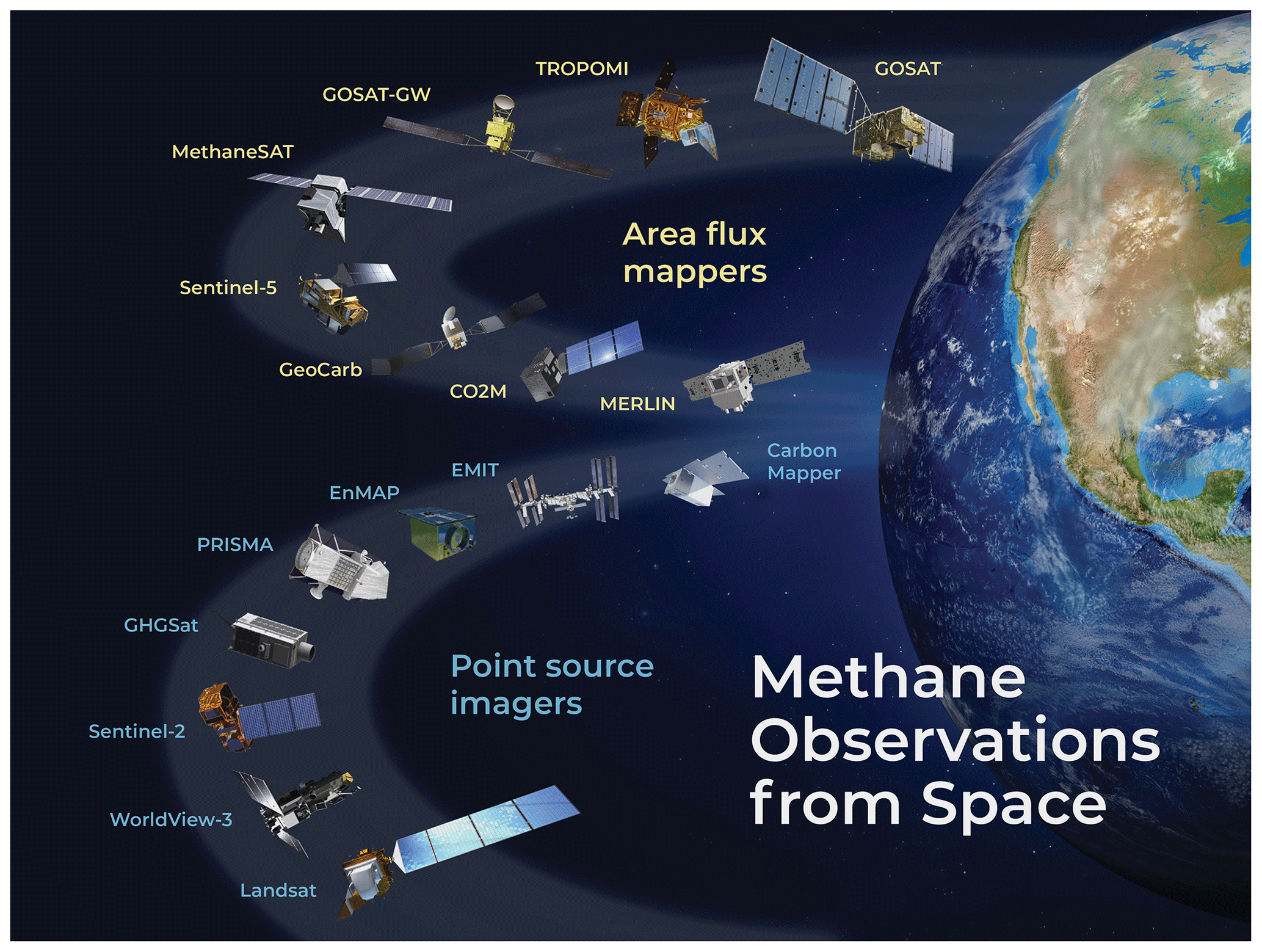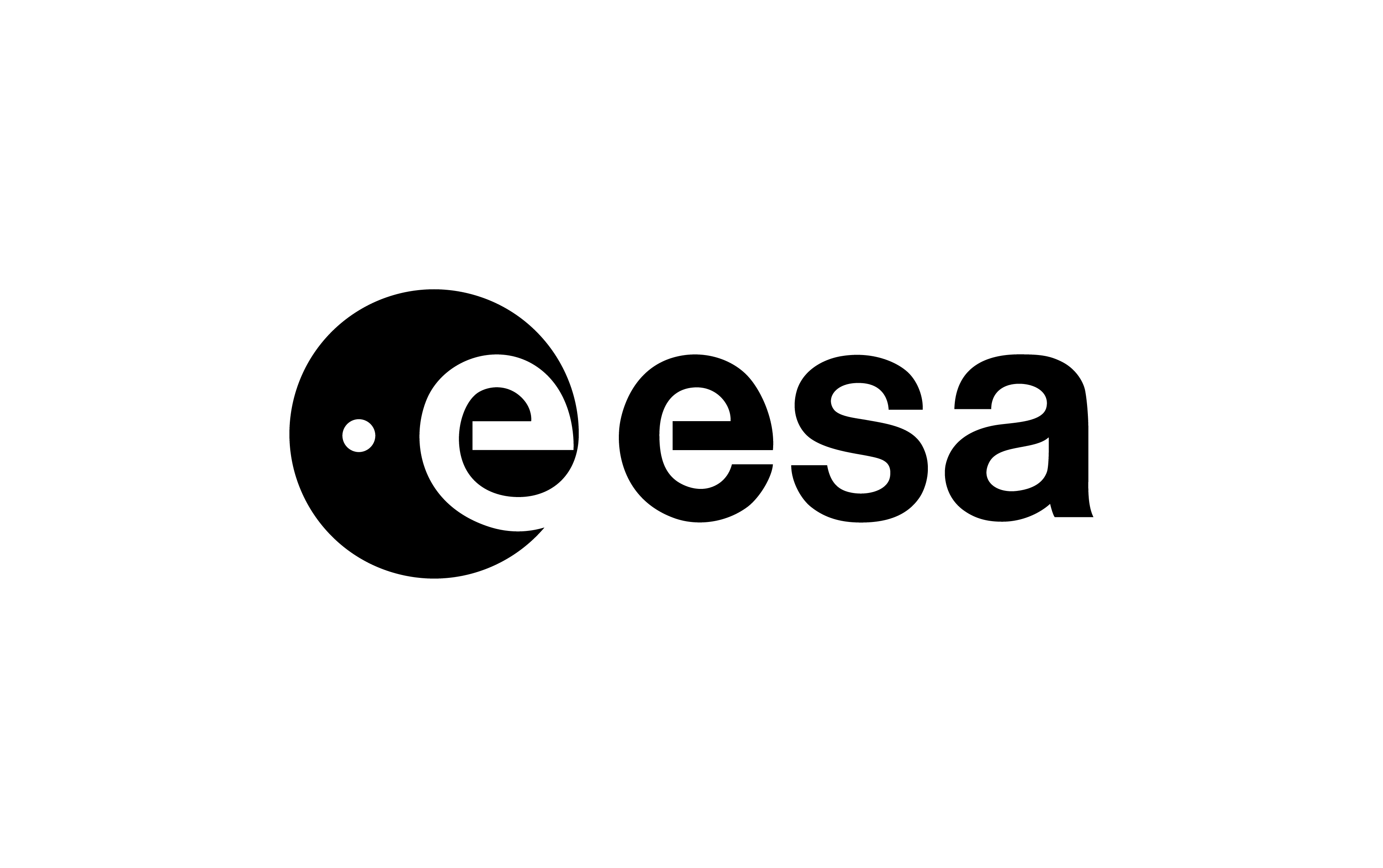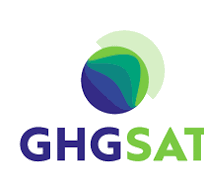
Welcome to the official website of the ESA project Satellite Monitoring of Atmospheric Methane.
About.
Methane (CH4) is a potent greenhouse gas contributing significantly to climate change. Due to its
relatively
short lifetime mitigation efforts on CH4 emissions could rapidly and efficiently pay-off to limit
climate
change.
Targetted mitigation efforts should rely on a solid understanding of sources and sink of CH4 at all
scales, from
the
global scale to local scales. Dedicated monitoring and modelling efforts are on-going to improve our
understanding of the
methane budget, including satellite platforms. The main satellite instruments contributing to the
current
understanding
of the methane budget are TANSO on-board GOSAT, TROPOMI on-board Sentinel 5P, and IASI on-board
METOP-B and
METOP-C.
Another category of satellite has recently been added to the existing constellation of
CH4-monitoring platforms.
These
satellites (e.g., GHGSat, PRISMA, MethaneSat) provide very high-resolution data focusing on specific
areas.

Satellite instruments for observation of methane (from Jacob et al., 2022)
Average TROPOMI CH4 concentrations (from Lorente et al., 2021)
The ESA initiative SMART-CH4 (Satellite Monitoring of Atmospheric Methane) is part of the EC-ESA JOINT EARTH SYSTEM SCIENCE INITIATIVE. It builds upon previous experience and projects (e.g., Methane+, HighResCH4, MethEO, MethaneCAMP, etc.) in satellite-based methane quantification, aiming to enhance emission products derived from satellites. The key objectives and tasks of SMART-CH4 include:
- Enhancing TROPOMI retrievals and multi-sensor products, incorporating SWIR/TIR data from IASI and TROPOMI. Advancing fine-scale emission detection using mid-resolution mappers like TROPOMI and high-resolution imagers such as GHGSat, MethaneSAT, EnMAP, or PRISMA. These improvements will lower detection thresholds, enabling the identification of smaller emitters like landfills, wetlands, and agricultural sources.
- Utilizing improved products to deepen our understanding of regional methane budgets, focusing on three key target regions: (i) Bucharest, Romania, for its landfill super-emitters; (ii) the Arctic, with its scientific interest in peatland and wetland emissions, alongside technical detection challenges arising from Arctic night and albedo effects (from snow and cloud cover); and (iii) South America, concerning tropical wetlands, forest fires, and anthropogenic emissions from landfills and agriculture.
- Contributing to the attribution of recent trends in CH4 concentrations to specific sectors on a global scale.
Work Package Description.
WP1
Scientific Requirement Consolidation
- WP11: Synthesis of available observations and gaps in retrievals
- WP12: Uncertainties in global methane and definition of target areas
WP2
Product Development and Validation
- WP21: WFMD algorithm and multi-sensor merged product developments
- WP22: Developments for an improved operational TROPOMI SWIR CH4 retrieval
- WP23: TIR CH4 spectroscopy improvements and recommendations for future work for TIR and SWIR/TIR retrieval
- WP24: TIR and SWIR-TIR data
WP3
Scientific Impact and assessment of New Products and Methods
- WP31: Fine scale emission detection
- WP32: Regional inversion and studies
- WP33: Global studies
- WP34: Synthesis
Consortium.
SMART-CH4 is an ESA initiative, coordinated by CEA and carried out by a consortium of 12 academic and industrial partners in Europe and Canada:

|
ESA - European Space Agency |

|
CEA-LSCE - Commissariat à l'Énergie Atomique: Tasks:
|

|
SRON - Netherlands Institute for Space Research: Tasks:
|

|
IUP-UB - Institute of Environmental Physics, University of Bremen: Tasks:
|

|
RAL Space: Tasks:
|

|
VUA - Vrije Universiteit Amsterdam: Tasks:
|

|
FMI - Finnish Meteorological Institute: Tasks:
|

|
Empa - Swiss Federal Laboratories for Materials Science: Tasks:
|

|
NILU - Norwegian Institute for Air Research: Tasks:
|

|
UPV - Universitat Politècnica de València: Tasks:
|

|
SP - Science Partners: Tasks:
|

|
SPASCIA: Tasks:
|

|
GHGSat: Tasks:
|
Documents.
Deliverables and description documents will be gradually made available here as they are produced and reviewed:
| Deliverable ID | Link | Short description |
| Requirement Baseline Document v1 | ||
| Requirement Baseline Document v2 | ||
| Technical Note 1 v1 | ||
| Technical Note 1 v2 | ||
| Technical Note 2 v1 | ||
| Technical Note 2 v2 |
Data sets.
New data sets will be produced over the course of SMART-CH4, including improved satellite data, as well as emission data sets. Data sets will be uploaded and made publicly available as they are produced and validated
Contacts.
For further requests or informations, please contact:
- Antoine Berchet (coordinator): antoine.berchet[at]lsce.ipsl.fr
- Edward Malina (ESA Technical Officer): Edward.Malina[at]esa.int